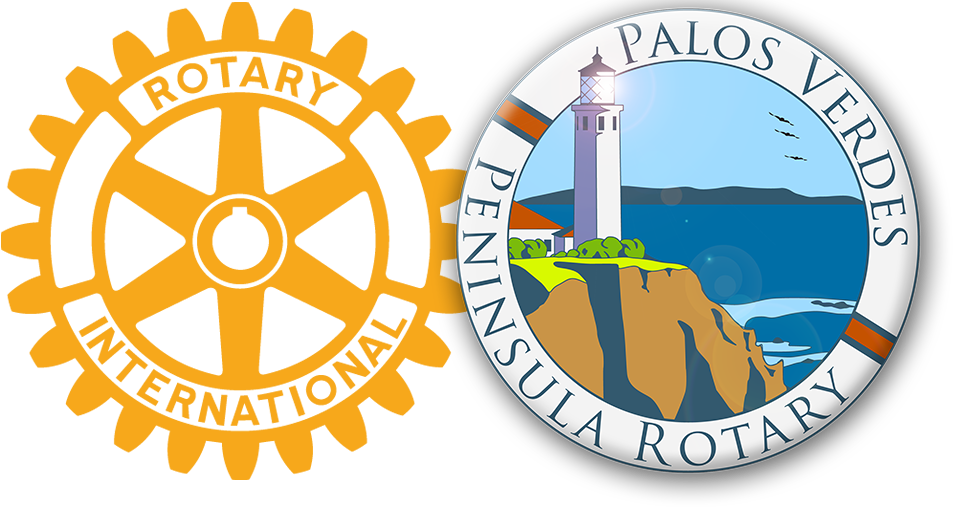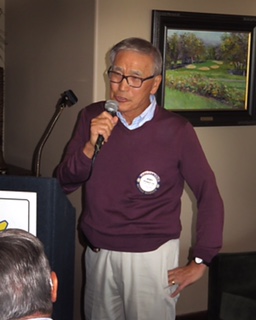Dr. Henry Lee—All Heart

Just returned from a month’s trip to the South Pacific, our Dr. Henry Lee stepped up to the podium last Friday and shared his story with us.
A bright lad in his home country of South Korea, Henry had choices. Always good with math and science through high school he saw himself pursuing a career perhaps as an engineer. His folks saw something a bit different. A doctor is what his parents thought the family needed. Henry found himself experiencing a major life turning point. And so Henry Lee entered University after high school and emerged as Doctor Henry Lee.
Henry did his stint in the Navy, and during this time he heard about President Lyndon Johnson’s plan for Medicare. Smart as was, Henry realized that America was going to need more doctors, so when he was discharged from the Navy he flew off to seek opportunity and landed in Detroit. Bear in mind that Detroit in the early 60s was a happening place. Motor City. Motown. There he became a cardiac specialist, not needing any time to figure out what America’s aging Medicare patients were going to need most. A practice for himself was next.
On a cold March Day in which Detroit still clung persistently to another bitter winter, Dr. Lee flew to Los Angeles for an interview with Kaiser Permanente. There he discovered warm spring sunshine and palm trees. There was no going back to Detroit for Henry. His hobby of sailing brought him out to Palos Verdes where is has called home for 50 years.
The South Pacific Sabbatical
Ten years of grueling work at Kaiser left Henry exhausted in both mind and body. He decided to take a three month medical sabbatical, and chose American Samoa in the South Pacific to charge his batteries. Between sailing and mai tai’s Henry spent his time in Samoa at Lyndon B Johnson Hospital treating patients. Henry remarks on how much he enjoyed the simple, slower lifestyle and the volunteer work he did in Samoa.
Invention
In 1978, after implanting thousands of pacemakers, Henry knew the process could be improved. So he designed and patented a Splittable Sheath Assembly and Method for Using it. Part of implanting a pacemaker requires that leads or catheters be inserted through a vein or artery.

Previous sheaths used would allow blood to escape from the blood vessel, and perhaps even worse, made the entry of air into the vessel possible which could lead to embolism. Henry’s Splittable Sheath Assembly solved these issues and provided for free lead exchange and easier lead manipulation. Today their are many variations of the Splittable Sheath, all based on Henry’s original patented design. He attributes his pleasant retirement on that patent.
Henry enjoys his retirement with wife Julie, and play golf together at Rolling Hills Country Club. Their two children are both UCLA grads. Henry joined our club nearly two years ago, and we’ve all enjoyed his friendly smile and joyful spirit.

